Let me start off by saying that it’s 10:17 in the morning, this is going to be a long article (but so worth it), and I’ve had 3 cups of coffee and a smoothie. So if I don’t post this for a couple of hours, it means I kept running to the bathroom. 🙂
Ok…now that that’s out of the way, let’s get down to the business at hand: AUSSIE BITES and the GFCO CERTIFICATION LABEL.
Let’s start with the product itself. Aussie Bites are mini-muffins that are sold in Costco and on Amazon (and perhaps other places, but I’m not sure). Following are the ingredients.
Produced on shared equipment that may contain Wheat, Soy, Eggs, Milk, Coconut, Peanuts and Tree Nuts.
Note the two items in bold. ‘Rolled Oats‘ and ‘Produced on shared equipment that may contain Wheat‘. As any educated (i.e. not newly diagnosed) celiac would know, this means the risk of cross-contamination is higher than normal. It’s actually a double whammy. First, oats that are not certified GF carry a risk. How high a risk? Here’s a visual:
So yeah…oats carry a risk.
And second, products on shared EQUIPMENT definitely carry a risk. Why did I capitalize the word ‘EQUIPMENT’? Because there are three ways a product can be produced.
1) In a completely gluten-free facility.
2) In a facility that also produces wheat but NOT on the same equipment.
3) On shared equipment.
Now…the “shared equipment” statement is completely voluntary and I actually appreciate seeing that. So kudos to Aussie Bites for the transparency. Note that ‘shared equipment’ is a LOT more risky than a ‘shared facility’ and you are really dependent on the company THOROUGHLY washing the equipment between uses. Is it possible? Sure. But take a look at the following image:
That is an image from a company that uses shared equipment. They produce non-gf cookies and GF cookies. And they got busted years ago for their GF cookies having way too much gluten in them. Now you can see why.
Last month, someone with celiac disease got sick after eating Aussie Bites and the product was tested by multiple sources in multiple lots across the country. And yep…you guessed it…not gluten-free. Actually not even close. Some of the tests came back over 1,100ppm. That’s insane!
I also did a little digging and found complaints of people getting sick from these years ago. That is not good.
So obviously, if you have celiac disease, DON’T EAT AUSSIE BITES.
That finishes part 1 of the story. Part 2 deals with the Certified Gluten-Free label. And this is where it gets a bit tricky.
Let’s start with WHO is responsible for the label: That would be the Gluten-Free Certification Organization (GFCO).
GFCO is a program of the Gluten Intolerance Group, and “ensures (my bold) that gluten-free products are safe and trustworthy. GFCO works with manufacturers to help them achieve certification and improve their processes to meet our strict 80 point Standard, including requirements that all starting ingredients and finished products test below the applicable gluten-free threshold of the country of sale, or 10 ppm (whichever is lower), and the prohibition of oats in countries where that is a requirement, such as Australia and New Zealand.”
These folks are a non-profit, have been around for a long time, and I have little doubt their intentions are pure and their hearts are in the right place. So please note I am not bashing them. Just presenting the facts.
Now let’s move to HOW a company gets the GF Certification label. According to the GFCO website, the company has to follow these steps:
- Complete the Application for all products to be considered for certification.
- Upon review of the application, you will receive a quote for certification and audit expenses.
- Audit expenses (estimated inspection and travel) are due before audit is scheduled.
- Annual certification fee is based on risk assessment of ingredients, manufacturing plant and a number of other factors. GFCO does not assess fees per UPC or unit certified.
- A GFCO Auditor will conduct an initial visit of the facility to observe the operations and determine feasibility of certification.
- A contract is prepared for your company. When accepted, signed and returned to the GFCO, a certificate is sent.
And then from what I understand, the GFCO follows up on an annual basis.
How much does the Certified label cost? Well that depends on a three things: 1) The size of the company; 2) the number of plants; and 3) whether the GFCO algorithm considers the company Low Risk, Medium Risk, or High Risk. The High Risk companies pay the most. What makes a company High Risk and if they are high risk, why would they even be considered for a Certified label? I’m not quite sure.
By the way, you can see the GFCO’s full pricing HERE. It’s pretty eye-opening.
So…based on the above information, did Aussie Bites deserve the Certified GF label? Like I said, the non-certified oats and the shared equipment are red flags to me. But they must have had the processes in place to guarantee there would be no cross-contamination.
To their credit, once all of this came out, the GFCO responded quickly and has withdrawn product certification for the entire company that makes Aussie Bites.
I know mistakes can happen, but the whole thing just bums me out and has me asking some questions, like:
- How did Aussie Bites get the label in the first place?
- Should any non-dedicated facility ever get a certified label from GFCO?
- And if the answer to the above question is yes, should a company using SHARED EQUIPMENT ever get the label?
- What steps is the GFCO taking to ensure this doesn’t happen again?
I’ll pass along this post to the GFCO and hopefully they’ll respond. In the meantime, I recommend you don’t just depend on the certified label. Check the ingredients and any disclaimers about being in a shared facility/equipment and make the decision that is best for you.
Having celiac disease is hard!

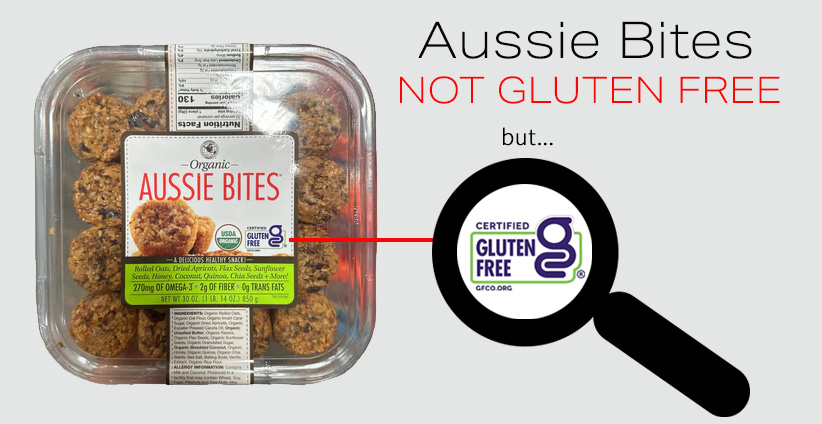
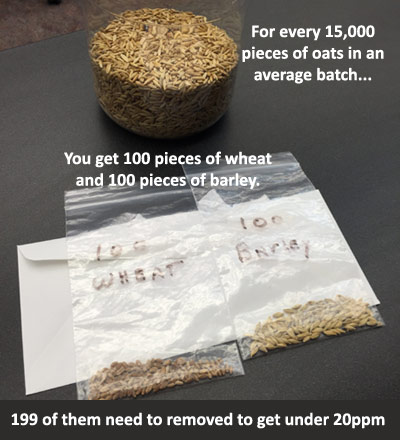
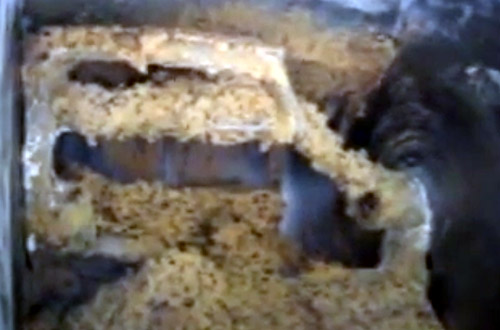
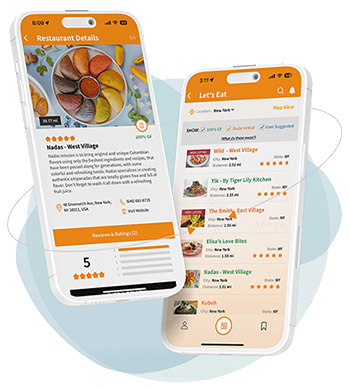
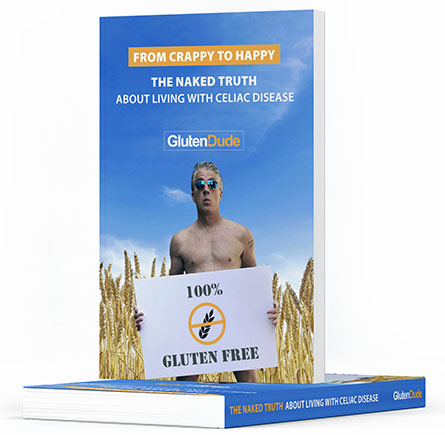
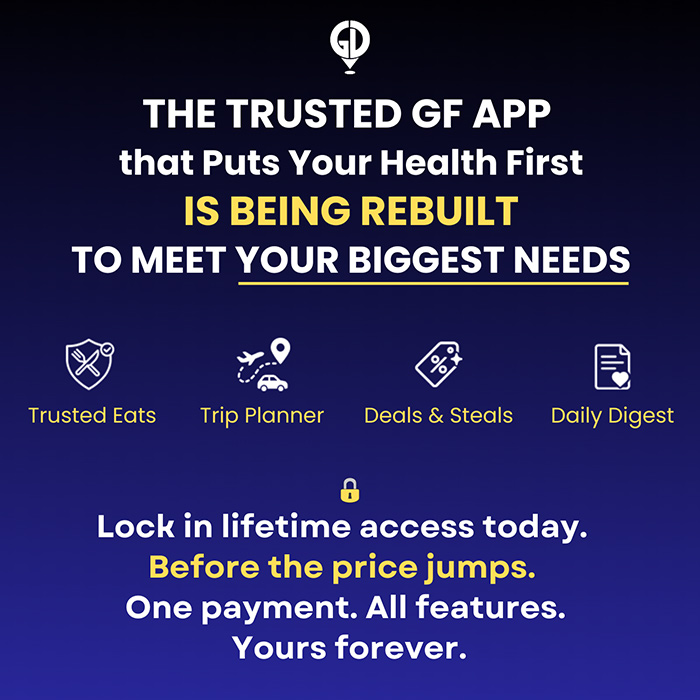


Welp. Thanks for the post. I assumed they would be ok but now that I think about it, rolled oats and shared equipment should’ve been a red flag to me. I just looked at the certified gluten free label and convinced myself it was all ok. Been eating these for a while now and I have been feeling symptoms which I chalked up to other things. I’ll be discarding these and will be more careful in the future that’s for certain. o7
Glad I reached you.
I’ve been wondering about this as other brands we’ve gotten (i.e. Simple Mills) have also had the Certified GF Label but said “Made on a line that produces wheat.” My 12 year old daughter is the one who actually pointed it out! Now I’m hesitant to purchase from any brand with the Certified GF Label if it also uses shared equipment. Sad but somehow not surprising. And like you mentioned if they don’t have to state if it’s on shared equipment how can you really trust any of them? Not tyring to be downcast, just truly wondering.
Thanks for the post and your continued unbiased advocacy on behalf of our community. Maybe they should start fining these assholes for poisoning people – something has to give. This is becoming an all too frequent situation. Again thank you so much, Scott.
No fines. No punishment. Nothing ever changes.
You can go to gfco.org and read the 74 page “GFCO Manual 2024” to get an idea of the testing that is required to get and keep a GFCO Certification label. It seems very thorough. I’m looking forward to an update on what went wrong!
I will let you know what they said. I don’t think any company that uses shared EQUIPMENT should be certified. But that’s just me.
I’m with you, Dude. Certain standards should be met to be included in the “Certified” label. Some can be flexible others are not flexible. Human fallibility makes it impossible to include any flexibility about “shared equipment.” You can’t just randomly gluten people with a medical condition prescribed by a doctor to them, because Jim-Bob forgot to clean the equipment properly last Tuesday.
What was odd is in Canada it’s required to use gluten free oats not just rolled oats to be labeled gluten free. So our labels were a bit different on the Aussie bites but also failed the testing.
Canadian here, I personally have read their label in Costco and laughed while I put the package of Aussie Bites back. It amazes me how long it has taken to expose this company and the scam they are pulling at the expense of sick people. Their whole label was a red flag for me! No one needs to be sick. What happened to truth in labelling/advertising?
Celiac Association of Canada said that the made in facility with wheat was only for people with a wheat allergy and that they would be under the 20ppm for celiac. They changed their label in Canada a few years ago to say gluten free oats in the ingredients to be able to be say Gluten Free in Canada. That is why so many people still ate them. The third party GF certification should be able to be trusted that these were tested regularly, but obviously they were not. Now I don’t trust anything and that is sad. I never ate them as I can’t eats oats, but so many people did.
Not cool! Once again, businesses looking to profit at the expense and health of persons with celiac. I hope the GFCO reevaluates their rules and standards after this fiasco.
Profit over people. Every time.
I tried these as a sample several years ago in Costco. I was gluten free, but not yet diagnosed as celiac. They made me sick, similar to the reaction I get from GM cherrios, which have always made me feel sick almost immediately. I have never purchased any because of that experience. I think I’m even more sensitive now than I was several years ago. Thank you for making the public aware.
You are quite welcome.
Terrific post! A few months back another product (drizzilicious) rice cakes – had a similar issue, but they were using the GFCO/GIG symbol without permission. Could that be the same in this situation?
No…I’ve spoken with GFCO. The label is legit.
Thank you for your article on this you actually saved my celiac daughter from being sick. We had just purchased these in Costco and my daughter almost about to eat them when I opened Facebook and noticed your comments on them.
This feels so wrong in so many ways. These companies should not be allowed to mislead consumers.
I am from Europe originally and we have much stricter regulations for labelling something gluten free.
Wow…so glad you saw the article. And yeah…it sux here when it comes to this stuff. Customer definitely does not come first.
Great article, one can really go down the rabbit hole with this stuff. I’ve been on forums where people are worrying about crop rotation and if wheat was grown in a field one or two or three years before the potatoes they’re eating. I look at labels to see if there are any gluten containing ingredients. If none are listed and it doesn’t say made on shared equipment, it’s good enough for me. I assume most food is made in a shard kitchen. My own kitchen is a shard kitchen. If I get bloating or diarrhea, I know i was poisoned and move on. What really annoyes me is the “gluten friendly” labeling. Completely useless.
At least Costco will definitely let you return them if no one in your household wants them!
I am very curious to see what GFCO’s response to this is. Either they weren’t doing the annual review like they were supposed to or Aussie Bites changed their ingredients. Or even worse, Aussie Bites was doing a very thorough clean of their shared equipment just before the inspection so they could pass the test. I would hate to think that’s true, but there are only a handful of things that would even make sense. I don’t think GFCO would knowingly put their stamp on a product they know would make celiacs sick.
Keep us posted on what you find out!
Engaging in conversation with them as I type. Stay tuned.
I ate them a few years ago and felt sick. I couldn’t figure it out, but my hunch was the Aussie bites and stopped eating oats. I thought despite the equipment warnings, the certification meant they were tested and they would be okay. Thanks for the blog. It helped me understand the process, but like you… concerned these got a certification. Now I’m for sure not eating anything with the “made on same equipment” label.
I just found out about Simple Mills to and was shocked (and shame on me for not noticing that on the label!) I will not eat them again.
Thank you for your very thorough article! On the topic of oats being problematic: My doctor (celiac specialist) advised avoiding oats altogether. Apparently some Celiacs’ bodies react to even CERTIFIED GF oats as though it is gluten and fires off the autoimmune response. Something about the proteins being similar. I’d like to do more investigation on that, because taking even GF oats out of my diet on top of Celiac has really been a bummer. Curious if you know anything about this?
I have heard of this. Some celiacs can’t tolerate ANY oats.
10% of people with Celiac Disease (that’s 10% of 2% of all people, a small group of a small group), react to the protein in oats called avidin. You may notice it if your body reacts allergically to “Aveeno” skin care products, which have oat extracts in them.
The biggest problem with losing oats from your diet is that it really hurts options for hot cereal breakfasts and you lose the last easy option for fiber. Wheat bran is out, Oat bran is out. Rice bran is known to be very high in arsenic due to rice paddies being sprayed with arsenic pesticides for decades.
The best choice I found while avoiding oats is Kasha / Buckwheat. There’s a “Cream of buckwheat” hot breakfast cereal. I can mix in some chia seeds for more fiber too. I don’t trust hemp seeds and I don’t like the taste of hemp hearts. I’ve heard too many stories of help seeds that turned out to be cannabis. So no thanks.
I have FODMAP intolerance for months after being glutened, so I struggled with avoidance of oats and beans also. I hope I’ve helped.
FWIW, hemp IS cannabis. There’s not really any THC in the seeds, though. Even marijuana seeds don’t have enough THC to cause psychoactive effects.
I guess I will return the Simple Mills packages that are in my pantry. Big Sigh!
I guess I will return the Simple Mills packages that are in my pantry. Big, big Sigh!
This underlines the dangers of just trusting a certification. We’ve been through, fake certification labels, now we have certifications that don’t mean anything on some products. SMH To answer your questions…
How did Aussie Bites get the label in the first place?
I think GFCO has a trust-first attitude. Their fee schedule seems to drive improvement
in behavior. So if you’re a small co. And you improve so that you’re no longer using
a shared facility, the fees go down, once you pay for another assessment.
Should any non-dedicated facility ever get a certified label from GFCO?
If the facility plans improved behavior, yes. But I think GFCO should add
“certified GF oats” to the requirements that must be met and can’t be a future addition.
And if the answer to the above question is yes, should a company using SHARED EQUIPMENT ever get the label?
I think the facilities should be graded. Facilities with bad reputations should be required
to shut down and do a thorough cleaning, and full restart, rethinking of how they share
their production lines. But their customers have to demand it.
What steps is the GFCO taking to ensure this doesn’t happen again?
Like with restaurants getting GFCO certifications, facilities need to start being inspected.
Oats can be an ingredient if they are also carefully produced to be gluten free. And that
should be a requirement, not an option that makes things “high risk.”
Speaking of “high risk” why does the GFCO label appear on foods in a completely neutral way, even though, the products/companies are or may be “high risk”? I know they’re trying to drive good behavior by making it cheaper to use better facilities / better practices. But customers should know if the company is paying for low/med/high risk certification. That would certainly drive behavior even more effectively.
Thank you, Scott, for your everlasting diligence on behalf of our community. I wish people could understand and care about how exhausting and difficult it is to live with Celiac disease. But like you said, it’s always money over people. That’s why people like you help our community so much. I look forward to hearing more about your conversations with GFCO.
Shared equipment is a huge flag for me always. And since reading your post about oats those are a concern as well. I wish companies who wanted to serve the Celiac community were better at executing a true gluten free product. Mistakes like these are happening way to often lately.
i have celiac, and had internal bleeding from them
They actually just did a recall in the news today for these due to “unannounced gluten” we can see positive tests dating back to May of this year showing the ppm of gluten to be outside of the acceptable range. They were contacted for this as well…This is some pretty nefarious work imo since they’re able to charge an arm and leg the second they claim gluten free.
Last month, someone with celiac disease got sick after eating Aussie Bites and the product was tested by multiple sources in multiple lots across the country. And yep…you guessed it…not gluten-free. Actually not even close. Some of the tests came back over 1,100ppm. That’s insane!
Can you let me know where I can find this published info?